Home>Gardening & Outdoor>Outdoor Recreation & Activities>How To Make A Solar Heater For A Swimming Pool
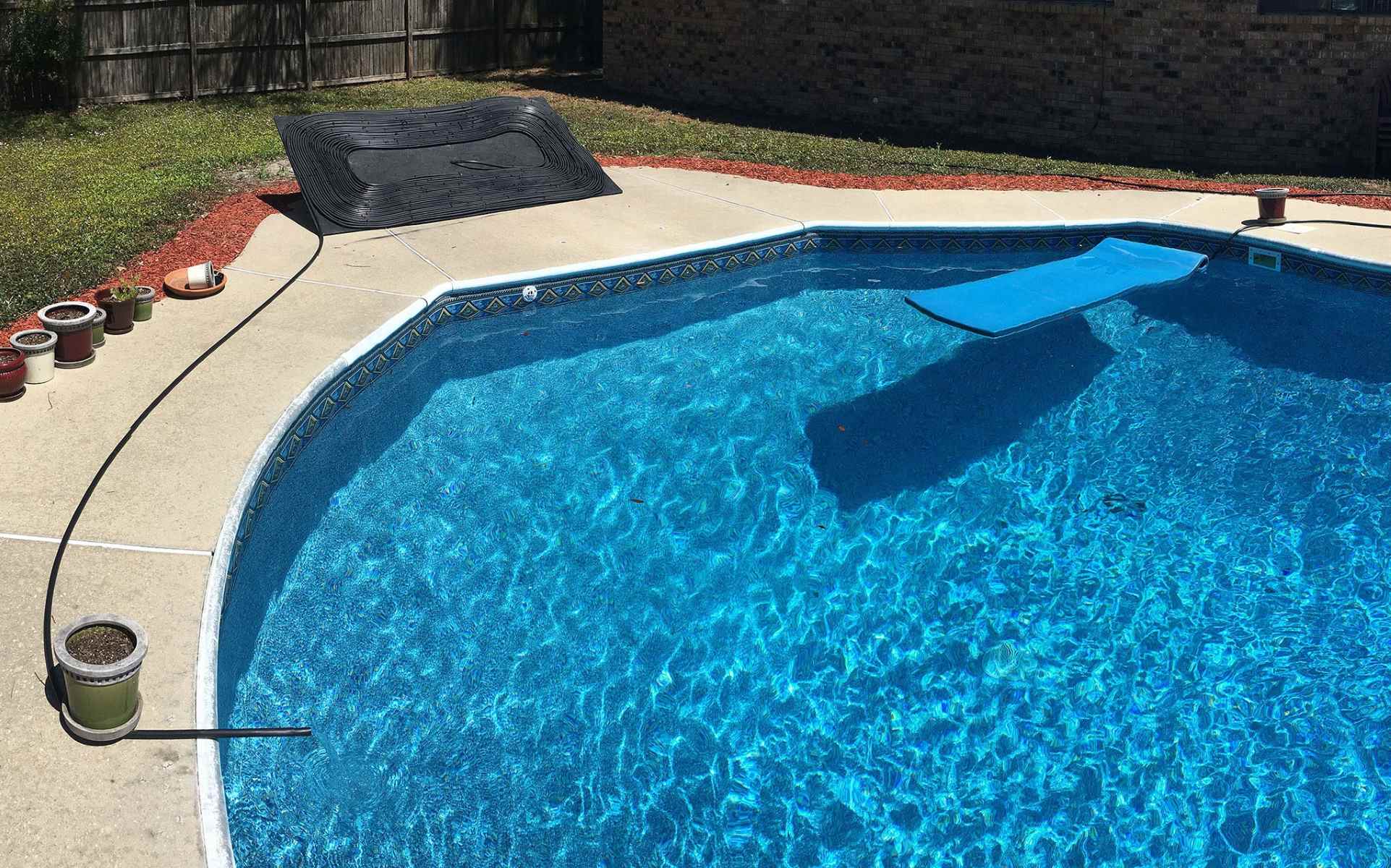

Outdoor Recreation & Activities
How To Make A Solar Heater For A Swimming Pool
Modified: September 1, 2024
Learn how to build a solar heater for your swimming pool with our outdoor recreation and activities guide. Enjoy a warm pool all year round!
(Many of the links in this article redirect to a specific reviewed product. Your purchase of these products through affiliate links helps to generate commission for Storables.com, at no extra cost. Learn more)
Introduction
Are you tired of chilly pool water that limits your swimming enjoyment to just a few months of the year? If so, a solar heater could be the perfect solution for extending your swimming season and making the most of your pool investment. By harnessing the power of the sun, you can enjoy comfortably warm water without the hefty energy bills associated with traditional pool heaters.
In this comprehensive guide, we will walk you through the process of creating your own solar heater for a swimming pool. Not only will this environmentally friendly approach help you reduce your carbon footprint, but it will also significantly lower your pool heating costs in the long run.
Building a solar heater for your pool is not only a practical and cost-effective solution, but it's also a rewarding DIY project that allows you to take control of your pool's temperature regulation. With the right materials and a bit of creativity, you can construct a solar heater that seamlessly integrates with your pool system, providing a sustainable and efficient heating solution.
Throughout this guide, we will provide step-by-step instructions, tips, and insights to help you successfully build, install, and maintain your solar pool heater. Whether you're a seasoned DIY enthusiast or a novice looking to embark on your first project, this guide will equip you with the knowledge and confidence to create a solar heater that enhances your pool experience.
So, roll up your sleeves, gather the necessary materials, and get ready to embark on a fulfilling journey of harnessing the sun's energy to keep your pool water comfortably warm. Let's dive into the exciting world of solar pool heating and discover how you can make the most of your pool throughout the year.
Key Takeaways:
- Harness the sun’s energy to build a DIY solar heater for your pool. Enjoy warm water, extend your swimming season, and save on energy costs while embracing a fun and eco-friendly project.
- Maximize your solar heater’s benefits by strategically timing pool usage, monitoring water temperature, and embracing sustainable pool heating. With proper maintenance, you’ll ensure long-term warmth and comfort for your pool.
Read more: How To Make A Swimming Pool Slide
Materials Needed
To embark on the rewarding endeavor of building a solar heater for your swimming pool, you'll need a carefully curated selection of materials to ensure the successful construction and installation of your DIY heating system. Here's a comprehensive list of the essential items required for this project:
1. Solar Absorber Material:
- Black PVC Pipe: The primary component of your solar heater, black PVC pipe serves as the conduit for circulating water through the solar collector. The dark color facilitates efficient heat absorption from sunlight, making it an ideal choice for harnessing solar energy.
2. Insulating Material:
- Insulation Board or Foam Pipe Insulation: To minimize heat loss and optimize the effectiveness of your solar heater, insulating materials are crucial. Insulation board or foam pipe insulation helps retain the absorbed heat within the system, ensuring maximum thermal efficiency.
3. Frame and Enclosure:
- Wood or PVC Frame: Constructing a sturdy frame to support and secure the solar collector is essential. Opt for durable wood or PVC materials that can withstand outdoor conditions while providing a stable foundation for the solar heater.
- Polycarbonate or Plexiglass Sheets: These transparent sheets serve as the enclosure for the solar heater, protecting the components from external elements while allowing sunlight to penetrate and heat the absorber material.
Read more: How To Make A Solar Space Heater
4. Pump and Piping:
- Pool Pump: A reliable pool pump is necessary to circulate water from the pool through the solar heater and back into the pool. Ensure that the pump's capacity aligns with the size of your pool for efficient water circulation.
- PVC Piping and Fittings: High-quality PVC piping and fittings are essential for creating a seamless plumbing system that connects the pool pump, solar heater, and pool, facilitating the smooth flow of heated water.
5. Mounting and Connection Hardware:
- Mounting Brackets and Hardware: Secure the solar heater to a suitable location, such as a roof or ground-mounted frame, using robust mounting brackets and hardware. Ensure that the mounting setup provides stability and optimal sun exposure for the solar collector.
- PVC Cement and Connectors: Reliable PVC cement and connectors are vital for assembling the piping system, ensuring leak-free connections and a durable infrastructure for the solar heater.
6. Temperature Control (Optional):
- Thermostat or Temperature Sensor: For enhanced control over the heating process, consider incorporating a thermostat or temperature sensor to monitor and regulate the water temperature within the solar heating system.
7. Tools and Miscellaneous Supplies:
- Drill and Screws: Essential for assembling the frame, enclosure, and mounting components.
- Measuring Tape, Level, and Marking Tools: Precision is key when constructing the solar heater, making these tools indispensable for accurate measurements and alignment.
- Solar-Resistant Adhesive or Sealant: To seal any gaps or joints in the solar heater's enclosure and ensure weatherproofing.
- Safety Equipment: Prioritize safety by equipping yourself with protective gear, including gloves, goggles, and appropriate clothing, especially when working with tools and materials.
By gathering these materials and ensuring their quality and compatibility, you'll be well-prepared to embark on the construction of your solar pool heater, setting the stage for an eco-friendly and cost-effective heating solution that maximizes your pool enjoyment throughout the year.
Read more: How To Make A Swimming Pool For Dolls
Building the Solar Heater
Building a solar heater for your swimming pool involves a series of meticulous steps to ensure the effective harnessing of solar energy for heating the pool water. By following these detailed instructions, you can construct a reliable and efficient solar heating system that seamlessly integrates with your pool infrastructure.
Step 1: Constructing the Solar Absorber Panel
The heart of your solar heater is the absorber panel, typically made from black PVC pipe due to its excellent heat absorption properties. Begin by laying out the PVC pipe in a serpentine pattern on a flat surface, ensuring that it forms a compact and uniform arrangement. Secure the pipe in place using durable mounting brackets and hardware, maintaining consistent spacing between the coils to facilitate optimal heat transfer.
Step 2: Assembling the Frame and Enclosure
Next, assemble the frame to support the solar absorber panel, providing stability and elevation for effective sun exposure. Whether using wood or PVC material for the frame, ensure it is robust and weather-resistant. Once the frame is in place, carefully position and secure transparent polycarbonate or plexiglass sheets to enclose the absorber panel, creating a protective barrier against external elements while allowing sunlight to penetrate and heat the PVC pipe.
Step 3: Integrating the Plumbing System
With the solar absorber panel and enclosure assembled, it's time to integrate the plumbing system to facilitate the circulation of pool water through the solar heater. Connect the pool pump to the solar heater using high-quality PVC piping and fittings, ensuring a secure and leak-free plumbing network. Consider the optimal placement of the solar heater in relation to the pool pump and pool to streamline the water flow and maximize heating efficiency.
Read more: How To Make A Cheap Swimming Pool
Step 4: Insulation and Sealing
To minimize heat loss and enhance the overall thermal performance of the solar heater, incorporate insulation board or foam pipe insulation around the absorber panel and within the enclosure. Additionally, use solar-resistant adhesive or sealant to seal any gaps or joints in the enclosure, safeguarding the system against weather-related wear and tear.
Step 5: Optional Temperature Control Integration
For those seeking advanced temperature control, consider integrating a thermostat or temperature sensor within the solar heating system. This optional addition allows for precise monitoring and regulation of the water temperature, ensuring optimal comfort and energy efficiency.
By meticulously following these steps and paying attention to detail, you can successfully build a solar heater for your swimming pool, harnessing the sun's energy to maintain comfortably warm water throughout the swimming season. With the solar heater in place, you'll be well on your way to enjoying an eco-friendly and cost-effective heating solution that enhances your pool experience.
Installing the Solar Heater
Once you have meticulously constructed your solar heater, the next crucial step is the seamless installation of the system to ensure optimal performance and efficiency. Proper installation plays a pivotal role in maximizing solar energy absorption and heat transfer, ultimately delivering comfortably warm water to your swimming pool. Here's a detailed guide on how to install your solar heater with precision and effectiveness.
Step 1: Location Selection
Carefully choose the location for installing the solar heater, prioritizing areas with maximum sun exposure throughout the day. Whether opting for a roof-mounted setup or a ground-based installation, ensure that the chosen location receives ample sunlight without obstruction, allowing the solar absorber panel to harness solar energy effectively.
Step 2: Mounting Preparation
If mounting the solar heater on a roof or other elevated structure, begin by preparing the mounting surface to accommodate the weight and dimensions of the solar heating system. Securely anchor the mounting brackets or frame to the designated surface, ensuring stability and structural integrity to support the solar heater.
Step 3: Plumbing Connection
Connect the solar heater to the existing pool plumbing system, ensuring seamless integration with the pool pump and filtration setup. Utilize high-quality PVC piping and fittings to establish a reliable connection, allowing for the smooth circulation of pool water through the solar heater and back into the pool.
Step 4: Secure Enclosure
If your solar heater features an enclosure, such as transparent polycarbonate or plexiglass sheets, ensure that it is securely fastened to the frame or mounting structure. The enclosure serves to protect the absorber panel while allowing sunlight to penetrate and heat the circulating water, making its proper installation crucial for the system's overall effectiveness.
Step 5: Alignment and Calibration
Once the solar heater is in place, carefully align the absorber panel to optimize its orientation towards the sun's path. This alignment ensures that the solar collector receives direct sunlight, maximizing heat absorption and transfer. Additionally, calibrate any optional temperature control components, such as thermostats or sensors, to ensure accurate monitoring and regulation of the water temperature.
Read more: How To Empty A Swimming Pool
Step 6: Testing and Optimization
After completing the installation, conduct thorough testing to verify the functionality and efficiency of the solar heater. Monitor the water temperature as it circulates through the solar heating system, ensuring that the desired heating effect is achieved. Make any necessary adjustments to optimize the system's performance and address any potential issues that may arise during the initial testing phase.
By meticulously following these installation steps, you can effectively integrate your solar heater into your pool infrastructure, harnessing the power of solar energy to maintain an inviting and enjoyable swimming environment. With the solar heater successfully installed, you are poised to reap the benefits of sustainable and cost-effective pool heating, extending your swimming season and enhancing your overall pool experience.
Using the Solar Heater
Harnessing the sun's energy to heat your swimming pool water is not only an eco-friendly and cost-effective approach but also a transformative way to make the most of your pool throughout the year. Once your solar heater is successfully installed and operational, leveraging its heating capabilities effectively becomes the key to maximizing its benefits. Here's a comprehensive guide on how to make the most of your solar heater and optimize its performance for a consistently enjoyable swimming experience.
1. Sun-Driven Heating
The primary function of your solar heater is to utilize the abundant energy from the sun to warm your pool water. As the sun's rays strike the black PVC pipe within the solar absorber panel, heat is absorbed and transferred to the circulating water, gradually raising its temperature. To optimize this process, it's essential to ensure that the solar collector receives ample sunlight throughout the day. By aligning the absorber panel to face the sun's path and minimizing shading from nearby obstructions, you can enhance the heater's efficiency and maximize heat absorption.
2. Strategic Timing
Understanding the sun's movement and its impact on solar heating can significantly influence the timing of pool usage. Solar heaters are most effective during daylight hours when sunlight is abundant and the absorber panel can harness the maximum amount of heat. Therefore, scheduling pool activities during the sunniest parts of the day allows the solar heater to continuously warm the water, providing an inviting and comfortable swimming environment. By strategically planning pool usage around peak sunlight hours, you can fully capitalize on the solar heater's heating capacity.
Read more: How To Cover A Swimming Pool
3. Temperature Monitoring
Regularly monitoring the water temperature within your pool is crucial for gauging the effectiveness of the solar heating system. Utilize a pool thermometer to track the temperature changes, especially during periods of prolonged sunlight exposure. By observing the temperature fluctuations, you can assess the heater's performance and make adjustments as needed to maintain the desired water temperature. Additionally, integrating a thermostat or temperature sensor within the solar heating system provides precise control over the water temperature, allowing you to fine-tune the heating process according to your preferences.
4. Seasonal Adaptation
Adapting to seasonal variations in sunlight intensity and outdoor temperatures is essential for optimizing the solar heater's functionality. During the warmer months with increased sunlight, the solar heater operates at its peak efficiency, rapidly heating the pool water. In contrast, during cooler seasons or overcast days, the heating capacity may be affected. By acknowledging these seasonal dynamics, you can adjust your expectations and usage patterns accordingly, ensuring that the solar heater continues to contribute to your overall pool comfort.
5. Energy-Efficient Enjoyment
Embracing the use of a solar heater for your pool embodies a commitment to sustainable and energy-efficient practices. By leveraging solar energy as a renewable heat source, you not only reduce your reliance on conventional energy sources but also minimize the associated operating costs. Embrace the eco-friendly ethos of solar pool heating by reveling in the warmth of the sun-warmed water, knowing that you are contributing to a greener and more sustainable approach to pool enjoyment.
By incorporating these strategies into your pool routine and embracing the inherent benefits of solar heating, you can fully utilize the potential of your solar heater, transforming your pool into a welcoming oasis of warmth and relaxation. Embracing the sun's energy to maintain an inviting swimming environment underscores the rewarding nature of solar pool heating, offering a sustainable and cost-effective solution that enhances your overall pool experience.
Maintenance and Care
Maintaining and caring for your solar pool heater is essential to ensure its longevity, optimal performance, and sustained efficiency. By implementing regular maintenance practices and exercising diligent care, you can prolong the lifespan of the system while maximizing its heating capabilities. Here's a comprehensive overview of the key maintenance tasks and care practices to uphold the functionality and effectiveness of your solar heater.
Read more: What Makes Swimming Pool Water Blue
1. Routine Inspection:
Regularly inspecting the entire solar heating system is fundamental to identifying any potential issues or wear and tear. Check the absorber panel, frame, enclosure, and plumbing connections for signs of damage, corrosion, or debris accumulation. Addressing minor issues promptly can prevent them from escalating into larger problems that may compromise the heater's performance.
2. Cleaning and Debris Removal:
Periodically clean the absorber panel and enclosure to remove dirt, leaves, and other debris that may obstruct sunlight or impede heat transfer. Use a gentle cleaning solution and a soft brush to maintain the transparency of the enclosure, allowing unhindered sunlight penetration. Additionally, clear any debris from the plumbing connections to ensure unobstructed water flow through the solar heater.
3. Seasonal Shutdown and Startup:
If you reside in an area with distinct seasons, consider implementing a seasonal shutdown and startup procedure for your solar heater. During colder months or periods of infrequent pool usage, properly drain and store the solar heater to protect it from potential freezing or damage. When restarting the system for the warmer season, carefully inspect all components and connections before resuming operation.
4. Weatherproofing and Seal Maintenance:
Ensure that the enclosure and all sealing components remain intact and weatherproof. Reapply solar-resistant adhesive or sealant as needed to seal any gaps or joints, safeguarding the system against moisture and environmental exposure. Proper weatherproofing helps maintain the integrity of the solar heater, prolonging its durability in outdoor conditions.
Read more: How To Paint A Swimming Pool
5. Pump and Filtration System Maintenance:
Incorporate the solar heater into your regular pool maintenance routine, ensuring that the pool pump and filtration system are functioning optimally. Clean or replace pool filters as recommended, and monitor the pump's performance to guarantee efficient water circulation through the solar heater. A well-maintained pump and filtration system contribute to the overall effectiveness of the solar heating process.
6. Professional Servicing and Evaluation:
Consider scheduling periodic professional servicing and evaluation of your solar pool heater to assess its condition and performance. Experienced technicians can conduct thorough inspections, identify potential issues, and provide expert recommendations for optimizing the system's efficiency. Professional servicing helps address any underlying concerns and ensures that the solar heater operates at its full potential.
By adhering to these maintenance and care practices, you can uphold the functionality and longevity of your solar pool heater, allowing it to consistently deliver warm and inviting pool water. Embracing a proactive approach to maintenance not only safeguards your investment but also sustains the eco-friendly and cost-effective benefits of solar pool heating, enhancing your overall pool enjoyment for years to come.
Conclusion
In conclusion, embarking on the journey of creating a solar heater for your swimming pool opens the door to a world of sustainable and cost-effective pool heating. By harnessing the abundant energy of the sun, you can extend your swimming season, reduce energy expenses, and embrace an eco-friendly approach to pool enjoyment. The process of building, installing, and utilizing a solar heater is not only a practical endeavor but also a rewarding DIY project that empowers you to take control of your pool's temperature regulation.
As you gather the essential materials and meticulously construct the solar heater, you are not just assembling components; you are crafting a sustainable heating solution that aligns with your environmental values. The careful integration of the absorber panel, frame, enclosure, and plumbing system sets the stage for a reliable and efficient heating system that seamlessly integrates with your pool infrastructure.
The installation phase marks the transition from construction to practical implementation, as you strategically position and align the solar heater to optimize its exposure to sunlight. This pivotal step ensures that the solar collector can effectively harness solar energy, translating it into comfortably warm water for your pool. By embracing strategic timing and seasonal adaptation, you can leverage the solar heater's heating capacity to its fullest potential, enhancing your overall pool experience.
Furthermore, the utilization of the solar heater underscores a commitment to energy-efficient practices and sustainable living. Embracing the sun's energy as a renewable heat source not only reduces your carbon footprint but also contributes to a greener approach to pool enjoyment. By monitoring the water temperature, strategically planning pool usage, and embracing the inherent benefits of solar heating, you can fully capitalize on the potential of your solar heater, transforming your pool into a welcoming oasis of warmth and relaxation.
Moreover, the diligent maintenance and care practices outlined in this guide serve as pillars of support for the long-term functionality and efficiency of your solar pool heater. By incorporating routine inspections, cleaning, and seasonal maintenance, you can safeguard your investment and ensure that the solar heater continues to deliver consistent warmth and comfort to your pool.
In essence, the journey of creating and utilizing a solar heater for your swimming pool transcends the realm of practicality; it embodies a commitment to sustainability, energy efficiency, and a deeper connection with the natural elements. By embracing the power of the sun to warm your pool water, you are not only enhancing your pool experience but also contributing to a more sustainable and eco-conscious lifestyle. So, as you bask in the inviting warmth of your solar-heated pool, remember that you are not just enjoying a comfortable swim – you are embracing the transformative potential of solar pool heating.
Frequently Asked Questions about How To Make A Solar Heater For A Swimming Pool
Was this page helpful?
At Storables.com, we guarantee accurate and reliable information. Our content, validated by Expert Board Contributors, is crafted following stringent Editorial Policies. We're committed to providing you with well-researched, expert-backed insights for all your informational needs.
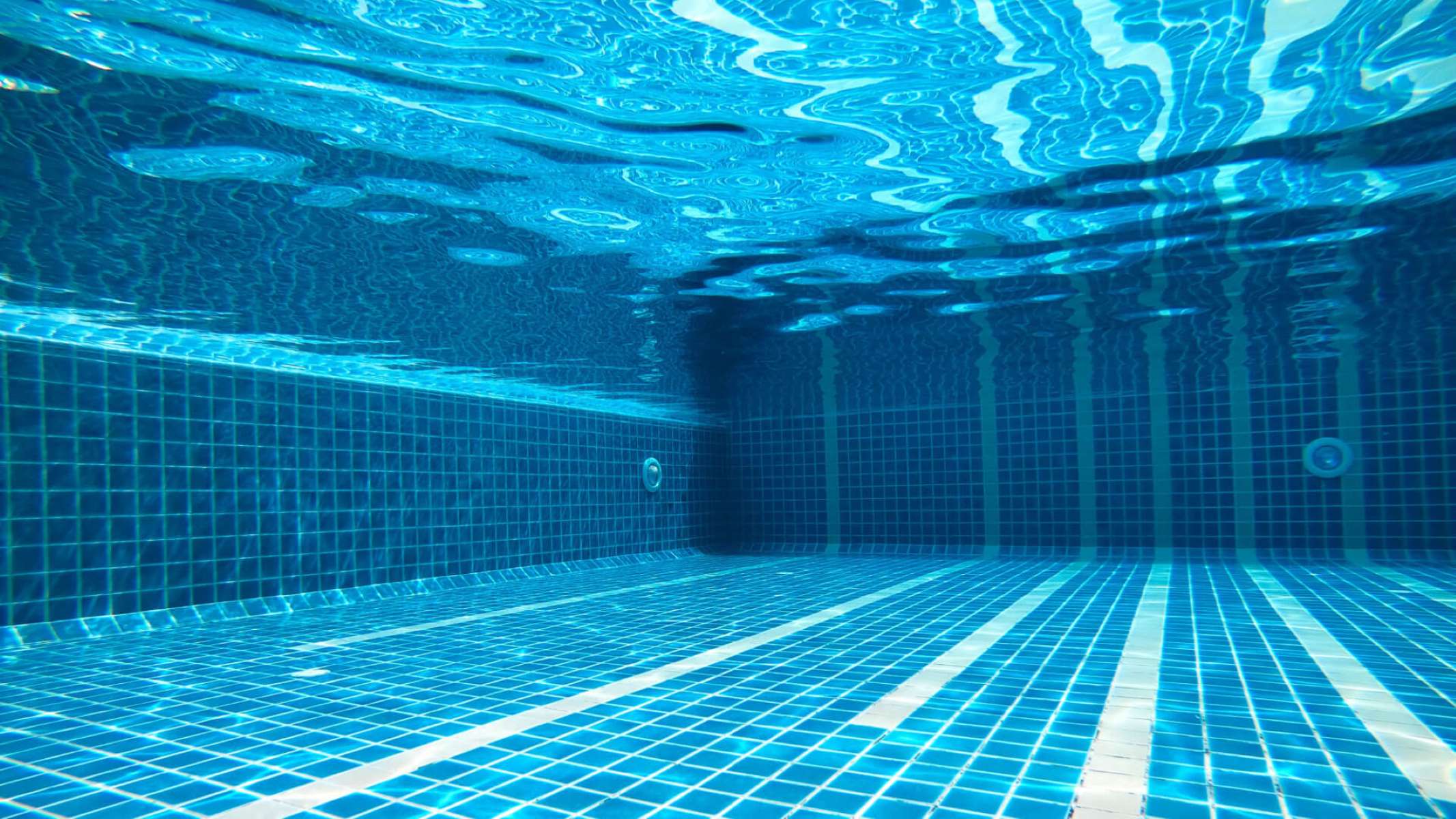
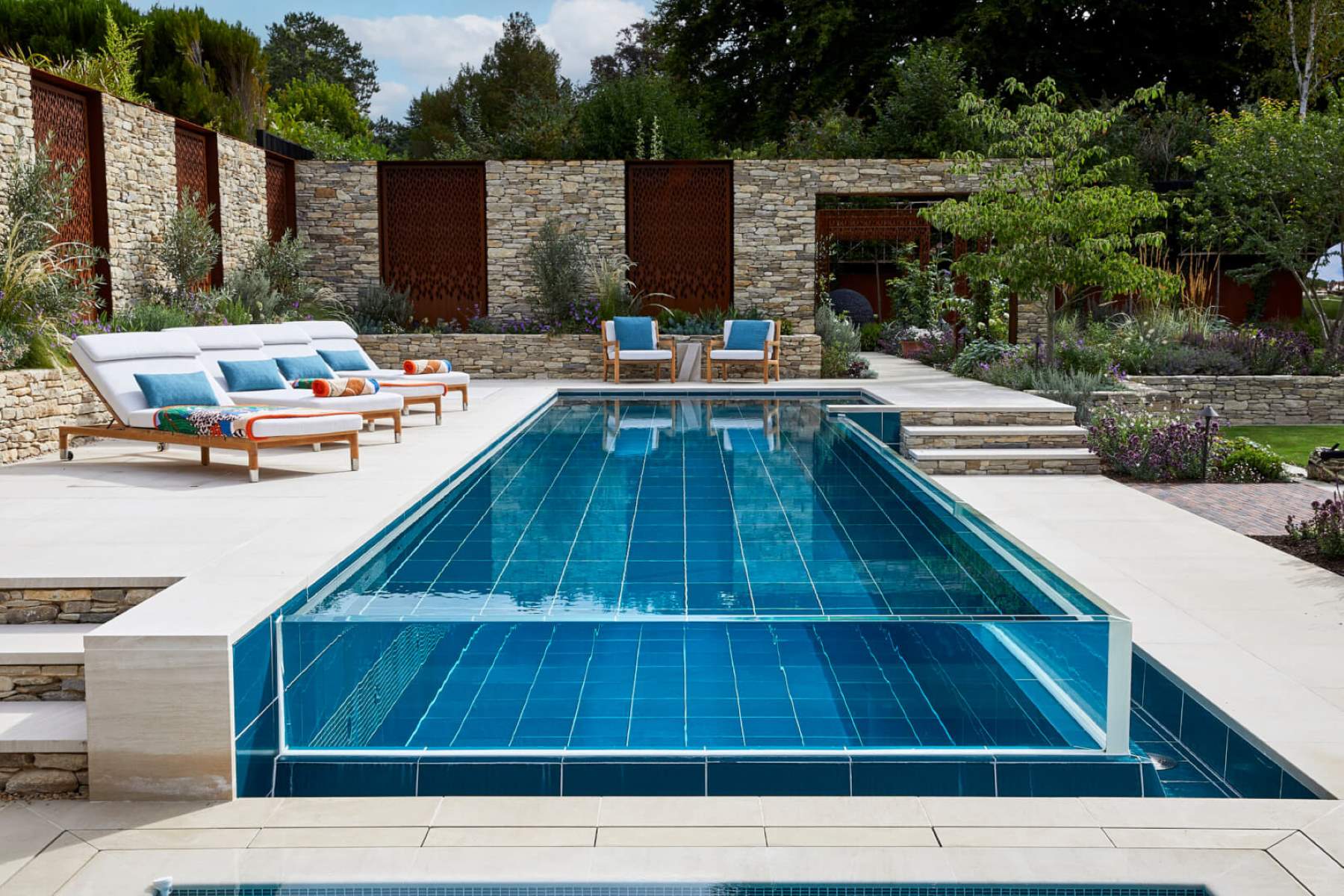

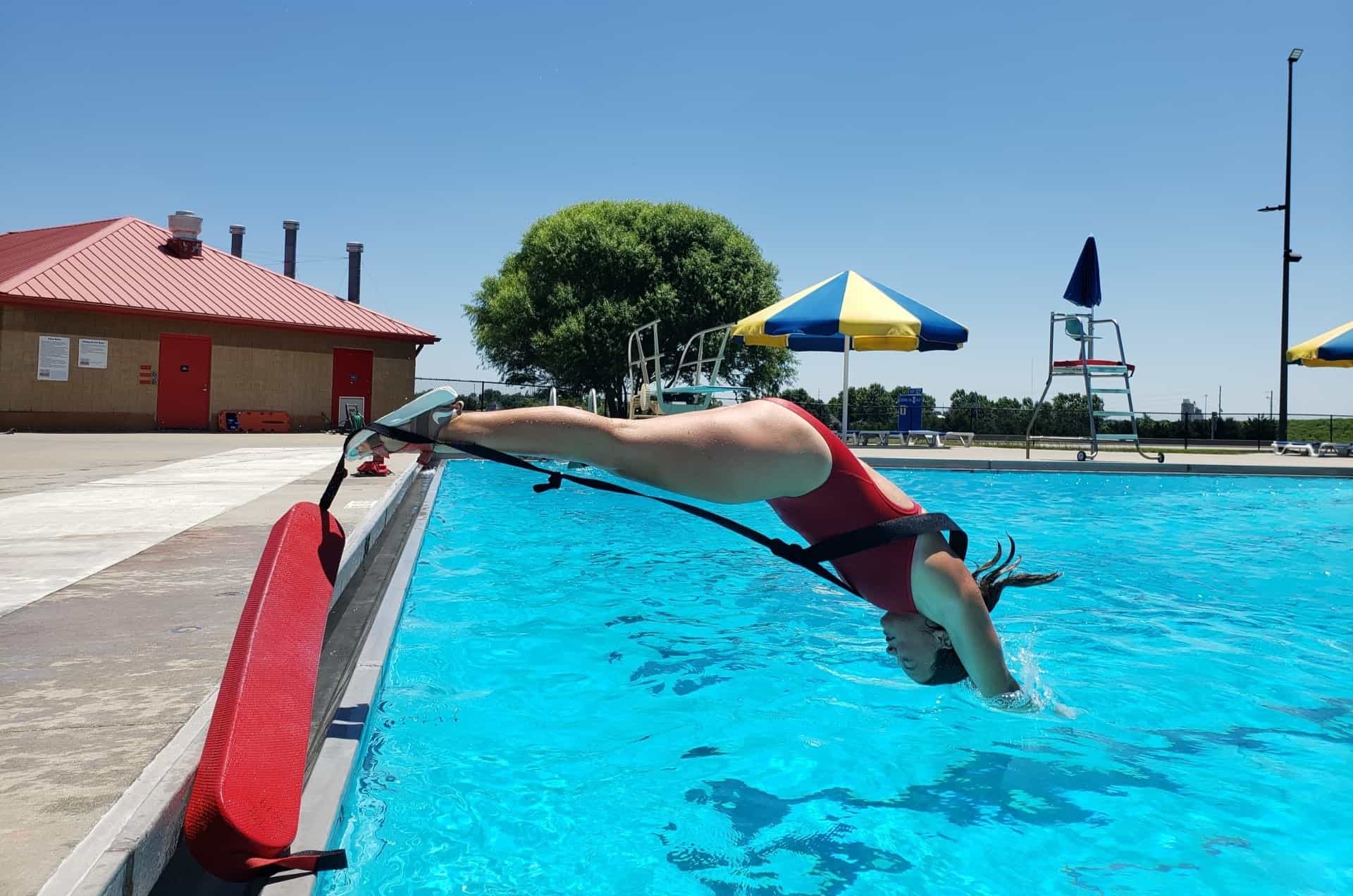
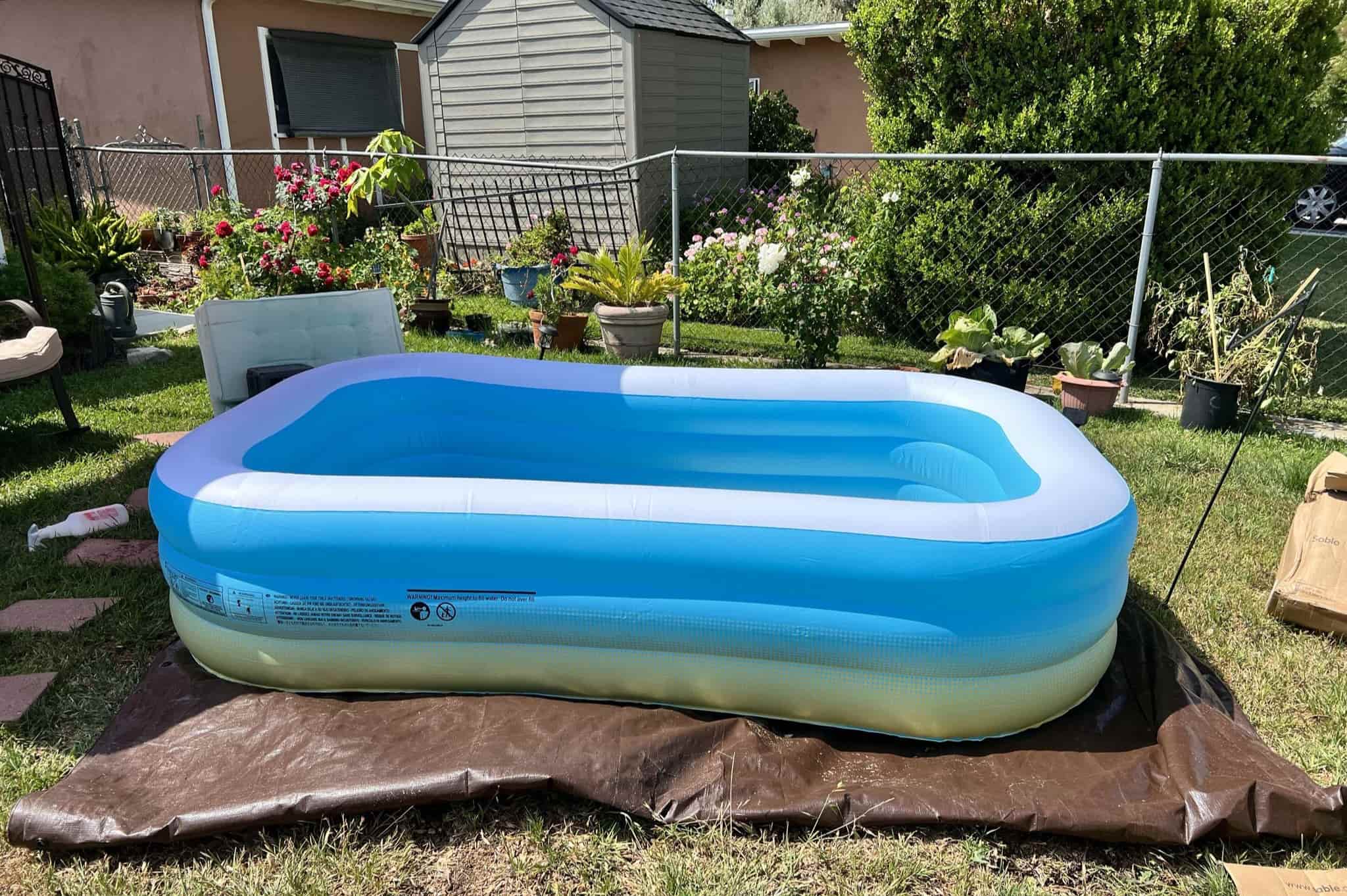
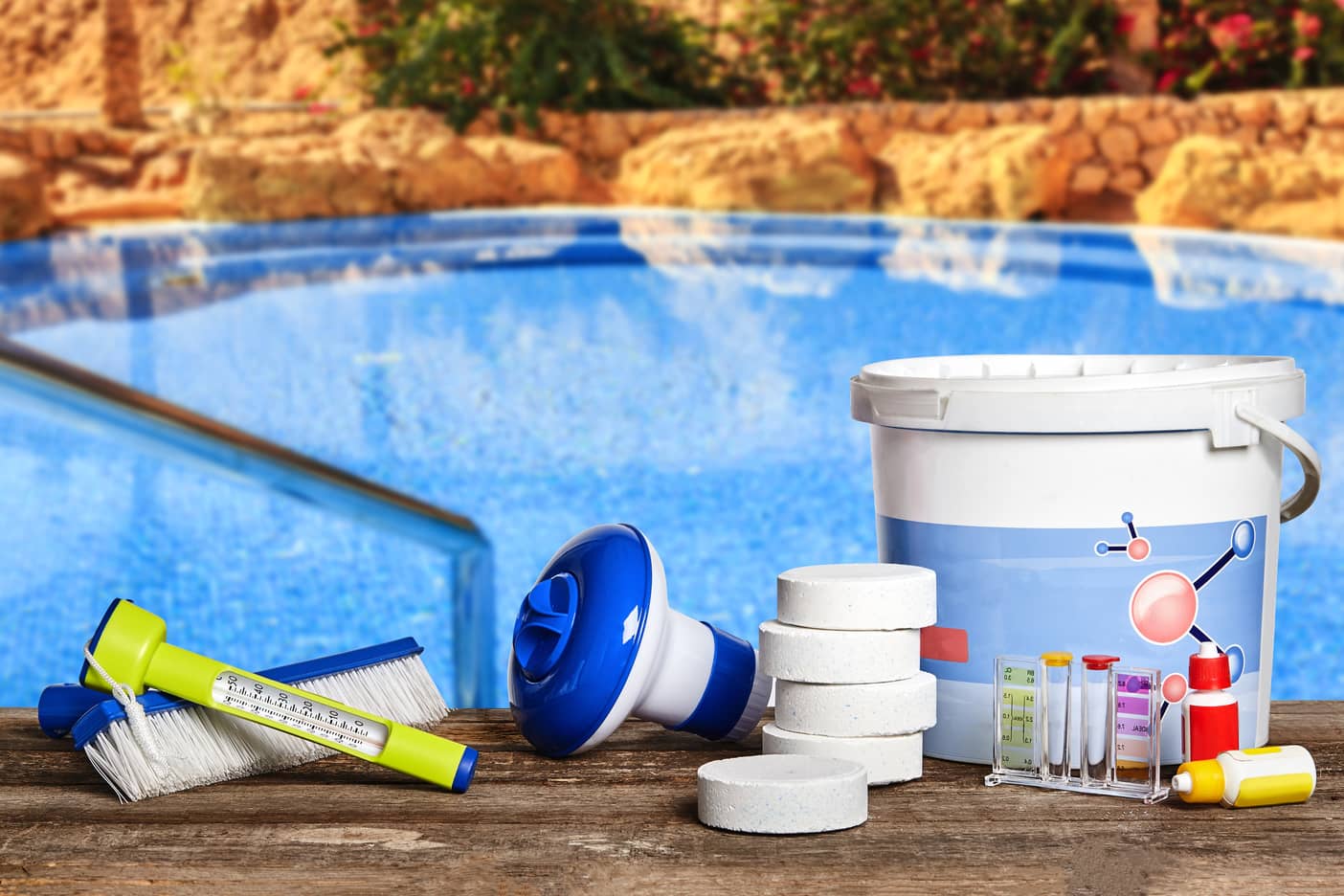


0 thoughts on “How To Make A Solar Heater For A Swimming Pool”